6 moves you need to conquer to begin weight training, according to a strength coach
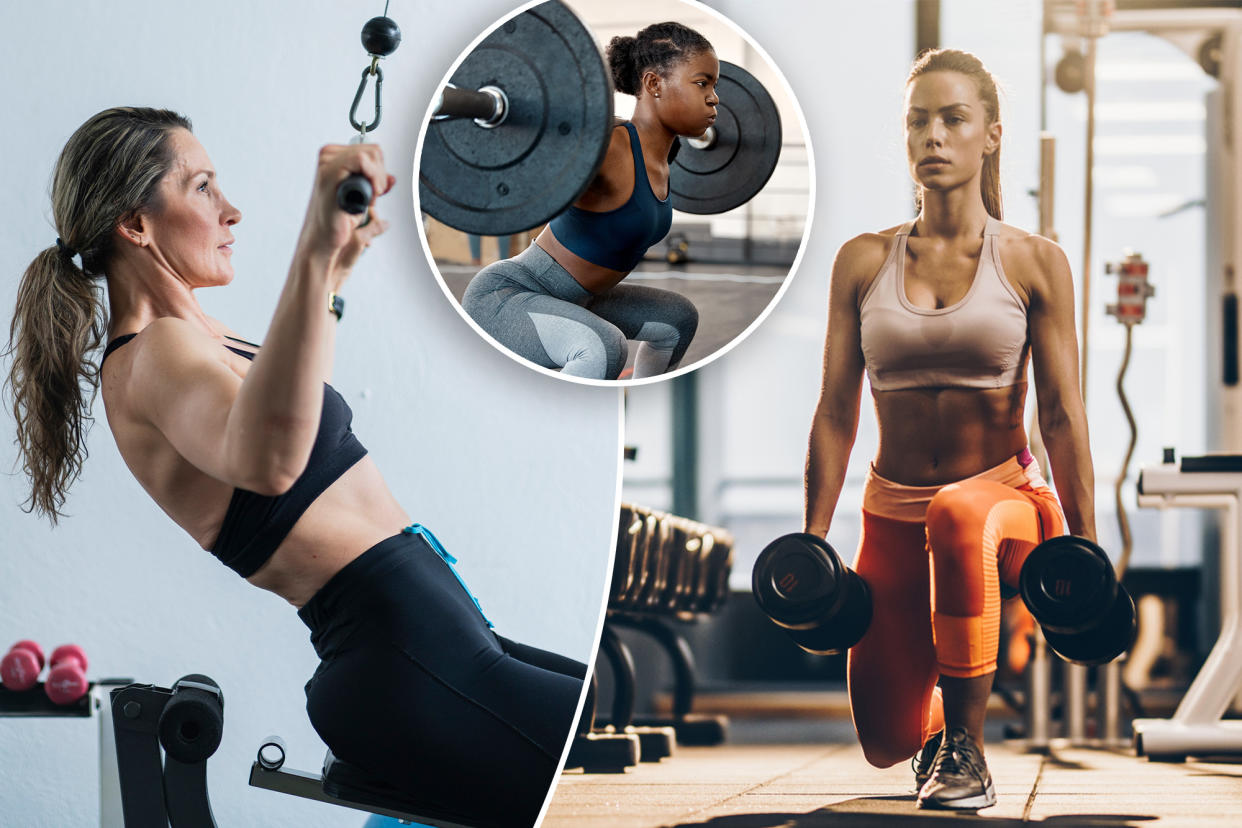
These six moves will have you pumping iron like a champ in no time.
For years, studies have proven the physical and mental benefits of weight training — from building muscle to fighting off depression — but many are still too intimidated by heavy weights and intense machines to begin.
To help beginners get over the first hurdle, NYC-based fitness coach and personal trainer Claudette Sariya shared the six basic moves you need to conquer to begin weight training — none of which require picking up dumbbells.
“When it comes to working out, there are six basic movements,” Sariya told The Post.
She advises that everyone begin mastering squats, hinges, pushes, pulls, lunges and carries using only their body weight before reaching for the weights.
“Once you feel comfortable with those movements, then you can combine them into, more complex moves,” the trainer said.
Squat

A basic squat with your feet hip distance apart is a great way to start. The move may seem simple but it actually fires several muscles in your upper and lower body helping to strengthen your core and improve your balance and posture.
“Squats bring your hips down to the floor, bending at the knees,” she explained.
However, Sariya shared that she often notices one common mistake.
“What I see a lot of times with this is people start shifting their weight too far forward instead of in their heels, so they’re not activating the glutes in their quads properly,” the expert noted.
Hinge
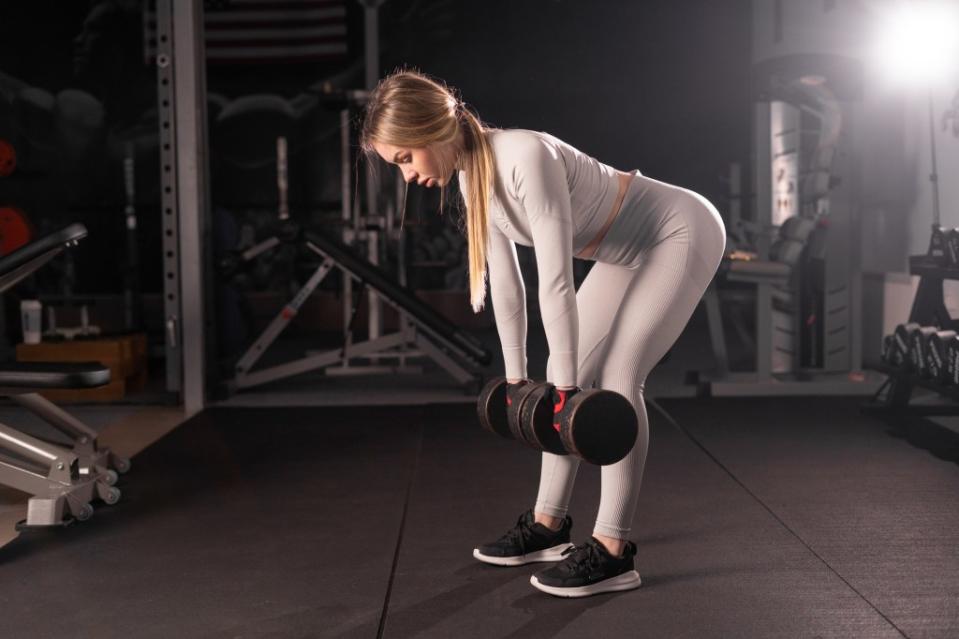
A hinge involves bending forward pushing your hips and butt back until your torso is nearly parallel with the floor while maintaining a neutral spine position.
“You want to make sure you can practice that properly and it’s really important to maintain that long back and understand that you’re pushing your hips back and not squatting,” Sariya said.
The move will set you up to have the perfect position for more intense exercises like deadlifts and kettlebell swings.
Push
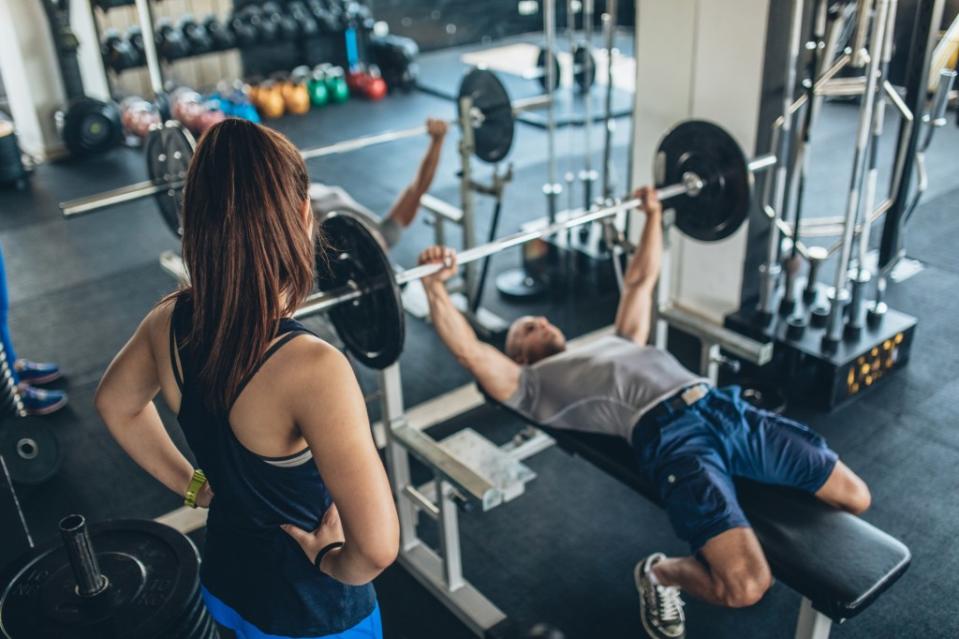
“A push movement is essentially when you are pushing away or against a resistance,” Sariya explained.
“To properly execute push movements, it’s important to maintain core stability to prevent injury to the back,” she said.
The trainer shared she that often sees hyperextension in the lower back for overhead presses and drooping cores for push-ups but wants that it could lead to injuries.
Pull

“Pull movements are when you are pulling a resistance toward your body,” Sariys said.
A shoulder press is a movement that you can master at home but a row or a lateral pull-down is also great if you have the equipment.
“With these, it’s important to make sure the direction of force is properly aligned with the movement being executed,” the expert noted.
Lunge
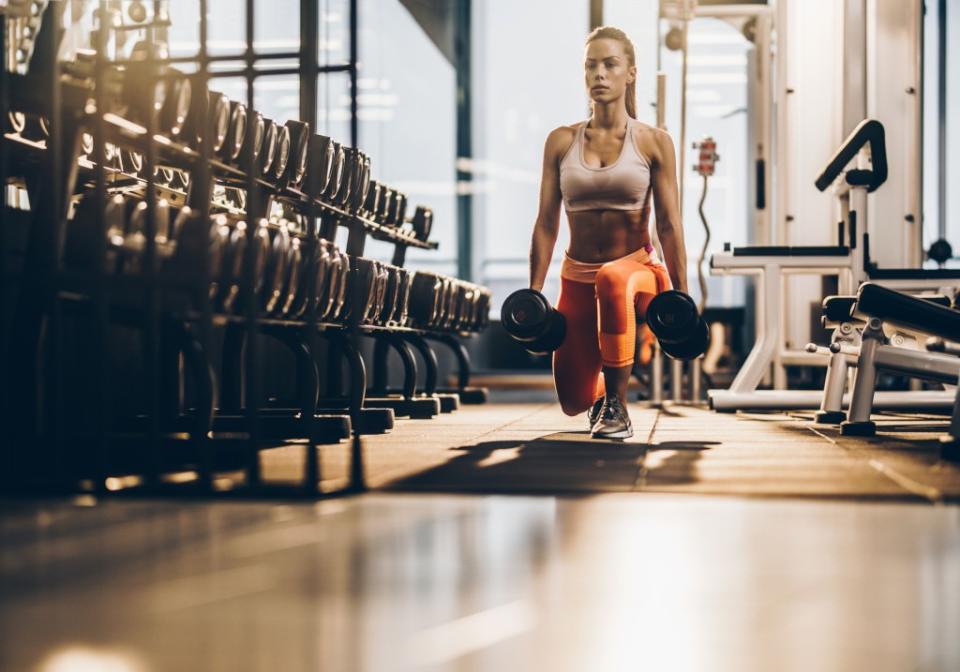
To do a lunge, start in a standing position and then take one step forward with your feet hip distance apart and kneel down. One knee should hover above the floor while the other should be at a 90-degree angle stacked above your ankle while you maintain proper posture.
“Lunges are essentially walking squats,” the trainer noted.
“They’re still knee dominant, but because only one foot is leading, it will also challenge your core stability.”
Carry
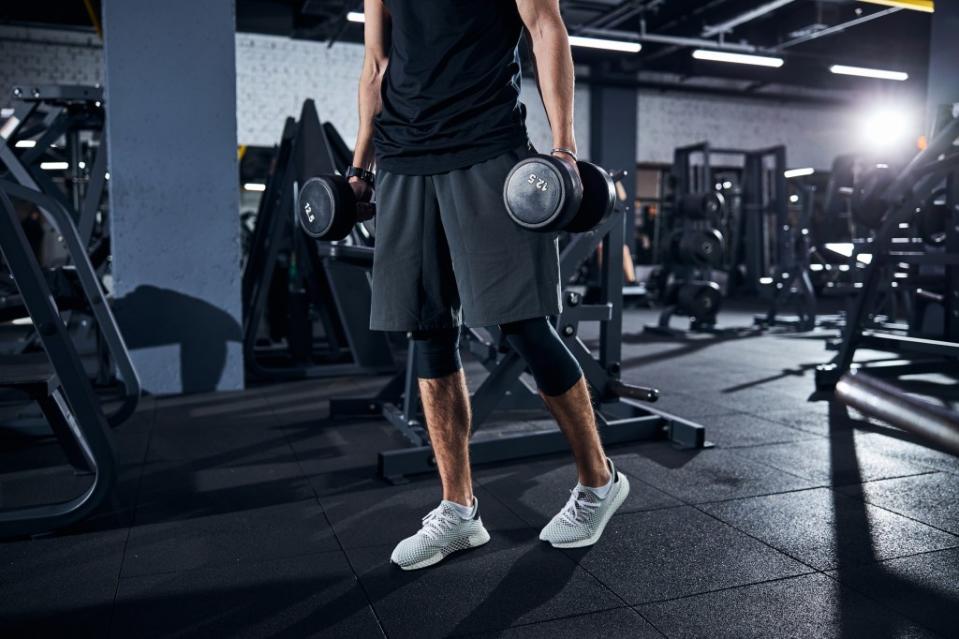
Proper form is key for a carry. Squat down and engage the core and pull your shoulder blades down and back while standing back up, returning to an upright posture.
“This basic movement isn’t a ‘movement’ but more about making sure you can engage all of your muscles for stability — it’s about core control and balance, all while making sure you are aligned from the heels all the way to your head, maintaining correct posture,” Sariya said.
“Imagine yourself carrying big bags of groceries from Trader Joe’s. You’ll want to stand tall rather than crouch forward. Otherwise, you’ll hurt your back.”
Solve the daily Crossword

